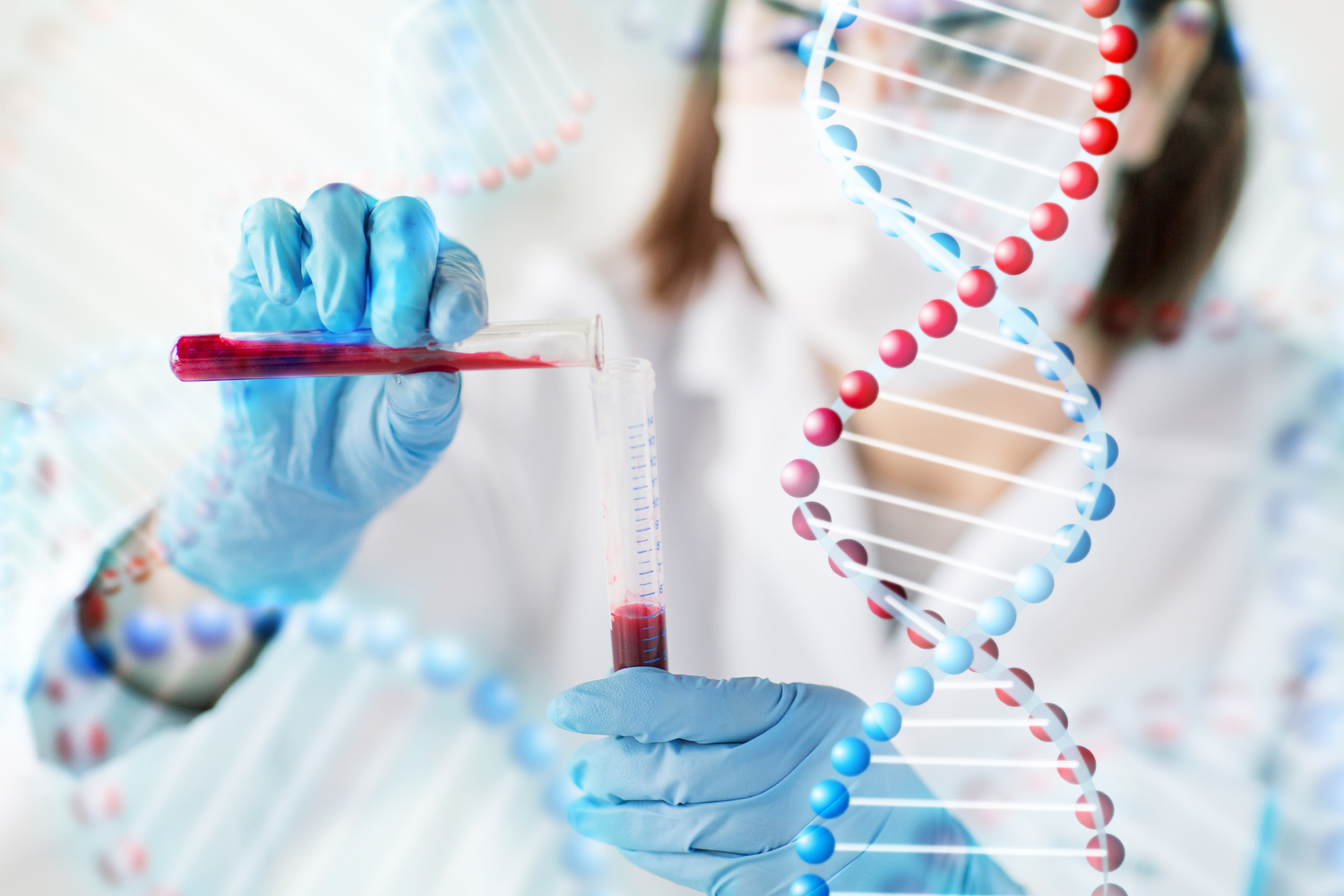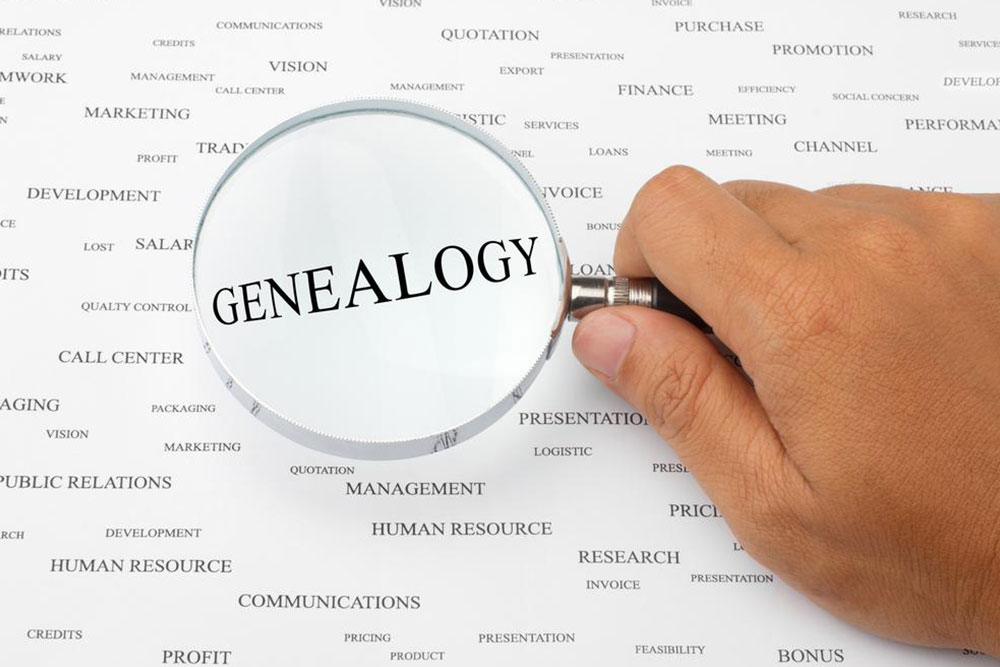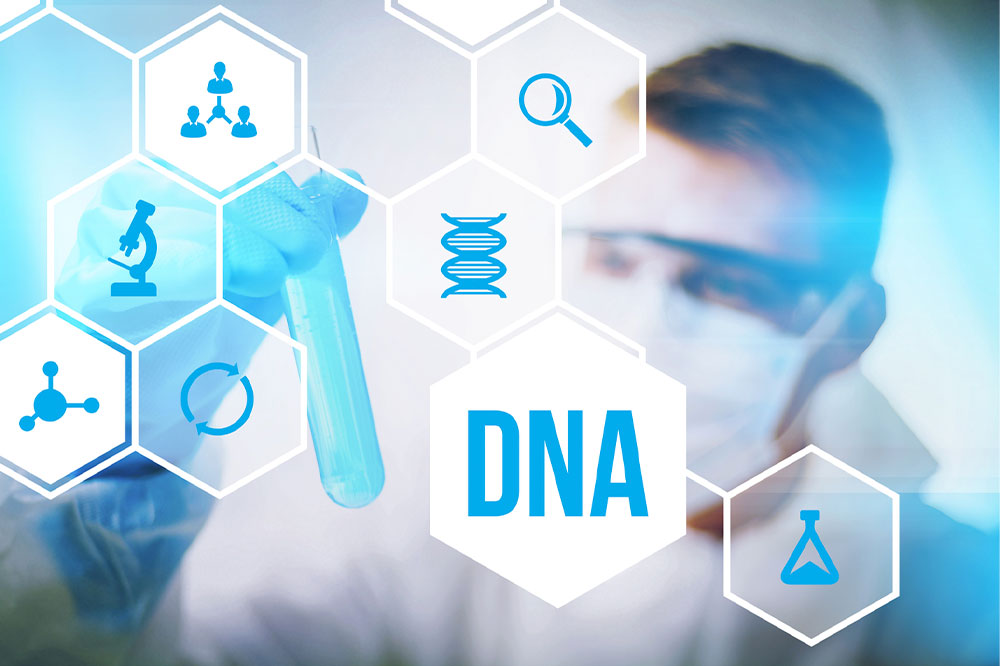In-Depth Comparison of Living DNA and MyHeritage: Essential Factors to Help You Choose
Explore an in-depth comparison of Living DNA and MyHeritage to determine which genetic testing service suits your needs. Discover key differences in lineage analysis, ethnicity estimates, data privacy, and user experience. Whether you seek detailed ancestry tracing or broad ethnic insights, this guide helps you make an informed decision about your genetic journey and family discovery efforts.

Genetic testing has become increasingly popular worldwide, driven by a growing curiosity about individual ancestry, a desire to find relatives, and a focus on understanding hereditary health risks. As this interest expands, several leading companies have emerged, offering accessible and comprehensive DNA testing services. Among these, Living DNA and MyHeritage are two prominent names renowned for their innovative features and unique approaches to genetic analysis. Both companies provide user-friendly at-home testing kits, making the process straightforward for individuals interested in exploring their roots and genetics without the need for invasive procedures.
Genetic testing typically involves collecting a DNA sample through a simple cheek swab, which users mail back to the respective laboratories. Once received, the samples undergo processing that usually takes between four to eight weeks. During this period, the companies analyze genetic markers to generate detailed reports accessible through secure online platforms or mobile applications. This comprehensive approach allows users to explore familial connections, ethnicity estimates, health risks, and more, depending on the service package chosen.
Understanding the nuances of each service can significantly influence your decision. Key factors to consider include the scope of testing capabilities, data privacy protocols, ease of access via apps or web portals, and cost. Both Living DNA and MyHeritage have positioned themselves with distinct strengths, catering to different user priorities.
Living DNA: Deep Dive into Ancestral and Family Roots
Living DNA stands out for its focus on detailed maternal and paternal lineage analysis. Its standard kit provides an in-depth look into both sides of a person's family tree, exploring up to 13 ancestral generations. This extensive genealogical mapping sets Living DNA apart, especially for users interested in comprehensive lineage exploration. The platform offers additional features such as the Ancestry Book, a detailed family history report that integrates genetic data with historical insights to create a personalized narrative of one’s heritage. Such features are particularly valuable for individuals who want a thorough understanding of their roots beyond basic ethnicity estimates.
The company's testing methodology involves analyzing thousands of genetic markers. By doing so, Living DNA can offer precise estimates of ancestral origins, including rare regional backgrounds often missed by broader services. It provides a detailed ethnicity breakdown, giving users insight into specific regional ancestries across the UK, Europe, and globally. Furthermore, Living DNA's emphasis on maternal and paternal lineages makes it a preferred choice for those seeking to trace their direct ancestors with high accuracy. The pricing for Living DNA's testing kit generally falls within the $80-$100 range, with additional options for expanded family tree investigations or historical reports, often at extra cost.
Data security and privacy are paramount for Living DNA. The company employs stringent privacy measures, allowing users full control over their genetic data. They can choose to share or restrict access to their results, ensuring safety and compliance with privacy standards. While Living DNA primarily offers online access via desktop or laptop browsers, it also supports mobile login, enabling users to review their reports conveniently from any device.
MyHeritage: Focus on Ethnicity and Family Connections
MyHeritage specializes in ethnicity estimation and connecting users with relatives worldwide. Its autosomal DNA testing reveals familial relationships across both maternal and paternal lines, helping users identify relatives spanning multiple generations. A highlight of MyHeritage's offering is its detailed ethnicity breakdown, which includes fascinating insights such as Native American ancestry, and regional distinctions within a broad global context. This makes it particularly appealing for users interested in uncovering diverse ancestral origins or specific ethnic backgrounds.
In addition to ethnicity estimates, MyHeritage offers a range of features geared toward building family trees. Its platform allows users to create detailed genealogical charts, collaborate with family members, and access extensive historical records to enhance their understanding of family history. The service costs typically range from $80 to $100 for the testing kit, with additional charges applicable for premium features like enhanced family tree plans or historical record access.
Data privacy and security are integral to MyHeritage’s operations. The company is committed to safeguarding user information with robust encryption protocols and privacy controls. Users have the ability to manage their data sharing preferences and can delete their accounts or genetic data at any time. For convenience, MyHeritage also offers a dedicated mobile app, allowing users to access their genetic results and family trees on smartphones and tablets, facilitating on-the-go exploration of their heritage.
Comparative Analysis: Which Service Fits Your Needs?
Deciding between Living DNA and MyHeritage hinges on your specific interest and what aspects of genetic testing are most important for you. If you are fascinated by detailed lineage tracing, especially on maternal and paternal sides, and want a historical narrative of your ancestors, Living DNA is likely the better choice. Its focus on deep genealogical connections, combined with extensive family tree tools, makes it ideal for genealogy enthusiasts eager for thorough ancestral insights.
Conversely, if your primary goal is to explore your ethnicity and connect with relatives across broad regions, MyHeritage provides a more comprehensive ethnicity breakdown and robust family network features. Its integration of historical records and easy-to-use family tree builder appeals to users interested in building a detailed genealogical record and uncovering ethnic diversity.
Cost considerations for both services are comparable, with most packages falling within the $80-$100 range. Additional costs may include shipping fees and optional add-ons such as expanded family tree plans or historical record access. Privacy and data security are robust across both platforms, with users having control over their personal information and genetic data sharing settings.
Ultimately, the choice depends on your personal interests—whether you prioritize genealogical depth and lineage accuracy or ethnic diversity and broad family connections. Both Living DNA and MyHeritage offer reliable, secure, and user-friendly options that can enhance your understanding of your heritage in different ways.
In conclusion, as genetic testing continues to grow in popularity, understanding the unique features of each service becomes essential. Living DNA provides deep ancestral and lineage analysis suitable for serious genealogy explorers, while MyHeritage offers expansive ethnicity estimates combined with powerful family tree capabilities. Whichever platform you choose, both services promise a fascinating journey into discovering more about your origins and family history.





